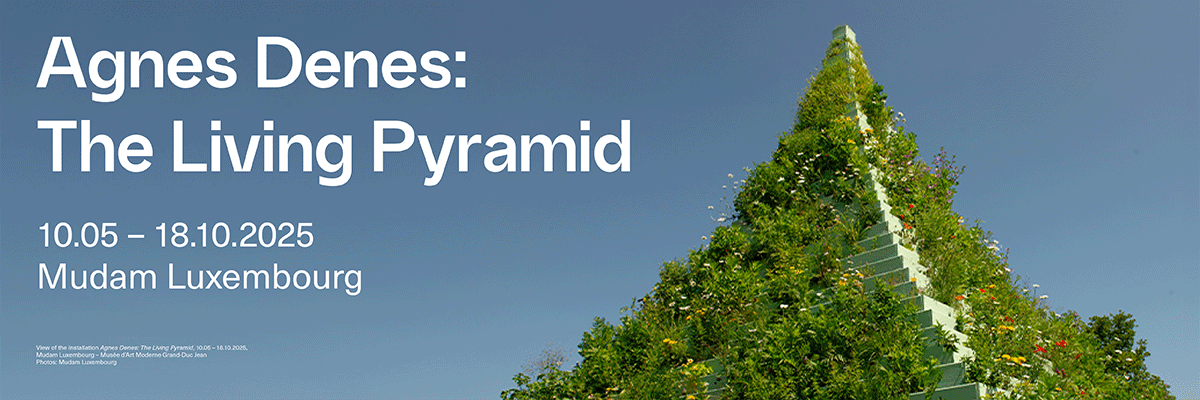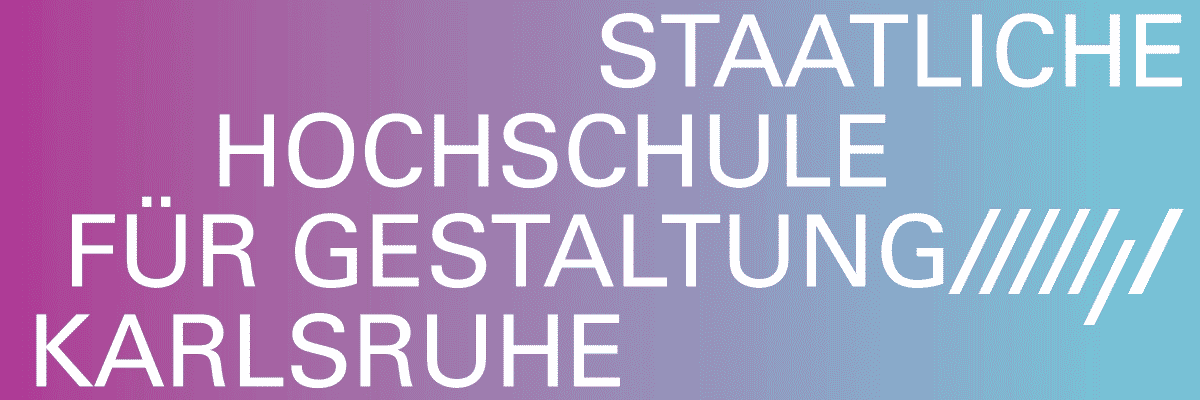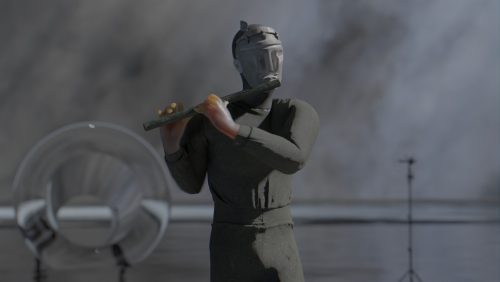
Uri Zamir @urizamir
Divine Fatigue
Project Info
- 💙 Künstlerhaus Bethanien @kuenstlerhaus.bethanien
- 💚 Antje Weitzel @aweitzelberlin
- 🖤 Uri Zamir @urizamir
- 💜 Antje Weitzel @aweitzelberlin
- 💛 Marjorie Brunet Plaza
Share on

Advertisement











Uri Zamir works across sculpture, installation, video, and performance. His atmospheric presentations blur the lines between reality and imagination—a method deeply influenced by his background in theater. In his work, he creates visual spaces that feel both familiar and unsettling, where meanings begin to shift and unravel.
A central theme in Zamir’s practice is the tension between the sacred and the grotesque. He deconstructs historically charged visual languages and reinterprets them into a deliberately naive yet universally accessible visual vocabulary—inviting viewers to approach authority with distance and to playfully question outdated ideals.
For his exhibition at Künstlerhaus Bethanien, Zamir developed a new body of work combining furniture made of dark, heavy wood—cabinets, dressers, and clock cases—with finely crafted reliefs. These pieces of furniture do more than simply carry the images; they shape how the reliefs are perceived. Unlike traditional frames, they situate the reliefs within a private, domestic context: they resemble heirlooms, familiar everyday objects, and status symbols all at once.
The reliefs depict scenes that at first seem recognizable but are subtly and humorously subverted: instead of idealized, cherubic Baroque angels, we encounter corpulent, older men. Their awkward grace and fleshy presence create a disarming blend of reverence and absurdity.
These angels were not sent out—they did not descend from heaven to deliver messages or salvation. They simply stayed. These figures resemble the faint echo of a myth the world no longer needs—yet it remains: persistent, alive, and present. Not a tragic downfall, but a quiet lingering in the in-between.
Within this aged fantasy, beauty, absurdity, and fragile vulnerability emerge. The angels embody an almost explicit political inertia—as if their mere refusal to act, to rescue, or to rise up constitutes a silent protest against the ethos of productivity, success, and heroism. They offer no resistance, but neither do they conform.
When images no longer stand in their prime yet continue to exist, lingering in a world that no longer requires them, they begin to age. They lose their aura; the fantasy itself softens and grows weary. These images are exhausted by the ideals they once carried, drained by the task of embodying the sublime. This exhaustion arises from a symbolic system of order that has lost its validity and now simply wishes to exist—without elevating, leading, or promising.
Zamir’s work not only undermines the power of traditional visual worlds but also reveals their fragility. His angels do not symbolize new beginnings but the afterlife of the image—a symbolic order grown tired but still persisting. By replacing the figure of the angel—traditionally a symbol of purity, protection, and salvation—with tangible, aging male bodies, Zamir exposes the fragility of heroic and authoritarian ideals. These figures, both comic and vulnerable, reject the logic of efficiency, leadership, and masculine strength. In their unwavering presence lies a quiet, persistent resistance—not a militant gesture, but a gentle plea for the right to lose meaning, embrace ambiguity, and continue existing beyond glory and the demands of productivity. An image that no longer uplifts or redeems, but still remains—exhausted, disarming, and radically present
Antje Weitzel @aweitzelberlin




